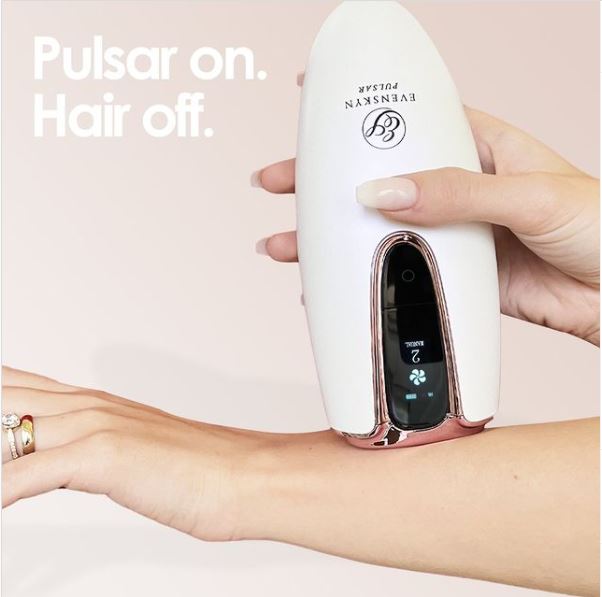Medically Reviewed by Dr. Lisa Hartford, MD
Many people spend a lot of money to address unwanted hair growth. Short-term methods like shaving, plucking, tweezing, and waxing are the most common methods, but they are also done frequently. And while it can get the job done at a lower price, it does end up irritating your skin. Ingrown hair, skin discoloration, and chicken skin are just some of the few problems. The same goes for other chemical treatments. They're a good solution, but they don't lessen hair regrowth.
Recently, IPL hair removal has become a buzz. It's not as painful as waxing, and it can reduce your hair growth. Moreover, it doesn't take much of your time, and it doesn't cause any redness like electrolysis.
What Exactly is IPL?
IPL is short for Intense Pulsed Light, a system that emits light with high intensity like polychromatic light. The wavelength spectrum range is from 515 nm to 1,200nm. It offers a wide range which is why it's recommended to be used by most people. It doesn't instantly remove hair, but it can lessen its growth and make it appear thinner after a few sessions.
However, it does have a few limitations. IPL is not advisable for people who have dark skin or for those who have light-colored natural hair.
Other Hair Removal Methods
Tweezing
Tweezing removes hair by plucking it from the skin, one by one. It's one of the oldest methods to remove unwanted hair. However, it's too time-consuming, and it's also quite painful. It's still one of the most popular methods to this day since its low cost.
Shaving
Shaving isn't painful, but hair growth can be visible as early as 3 days from your last shave. If you're not careful, it can irritate your skin and cause discoloration and ingrown hair. Hair can also feel coarse and can cause itchiness. You also need to replace your blade after a few uses.
Waxing
Compared to shaving and tweezing, it takes less time to remove hair, but it's more painful. Sometimes waxing also doesn't remove everything, so people end up re-waxing those areas or resorting to tweezing to get rid of finer hair. Although it takes a while for hair to regrow, waxing can be irritating, especially if done at home.
Chemical Depilation
Chemical Depilation is also another pain-free alternative to easily remove unwanted hair. However, there's a risk that your skin will not react well to the chemical used. This is really bad if you're allergic to common ingredients like potassium thioglycolate or calcium thioglycolate.
Prescription Creams
Prescription creams can also help suppress hair growth with regular use. However, if you apply creams, the areas you've applied them to should not be washed for 4 hours. Pregnant women aren't advised to use this method. It can also result in chemical burns or bad skin reactions.
Electrolysis
Electrolysis hair removal can also lessen hair growth. It's similar to IPL, but it requires more sessions, and it can only cover a small area of your body.
Conclusion
If you're looking for a long-term solution, IPL is the overall winner among the other methods. You can also have it done at a clinic or at home using equipment like the EvenSkyn Pulsar. It's safe, and you'll have more control of its intensity.
References:
https://www.sciencedirect.com/science/article/abs/pii/0190962295912908
https://www.sciencedirect.com/science/article/abs/pii/S0190962299701817
https://onlinelibrary.wiley.com/doi/abs/10.1046/j.1524-4725.2003.29059.x
https://europepmc.org/article/med/2231498









Leave a comment
All comments are moderated before being published.
This site is protected by hCaptcha and the hCaptcha Privacy Policy and Terms of Service apply.